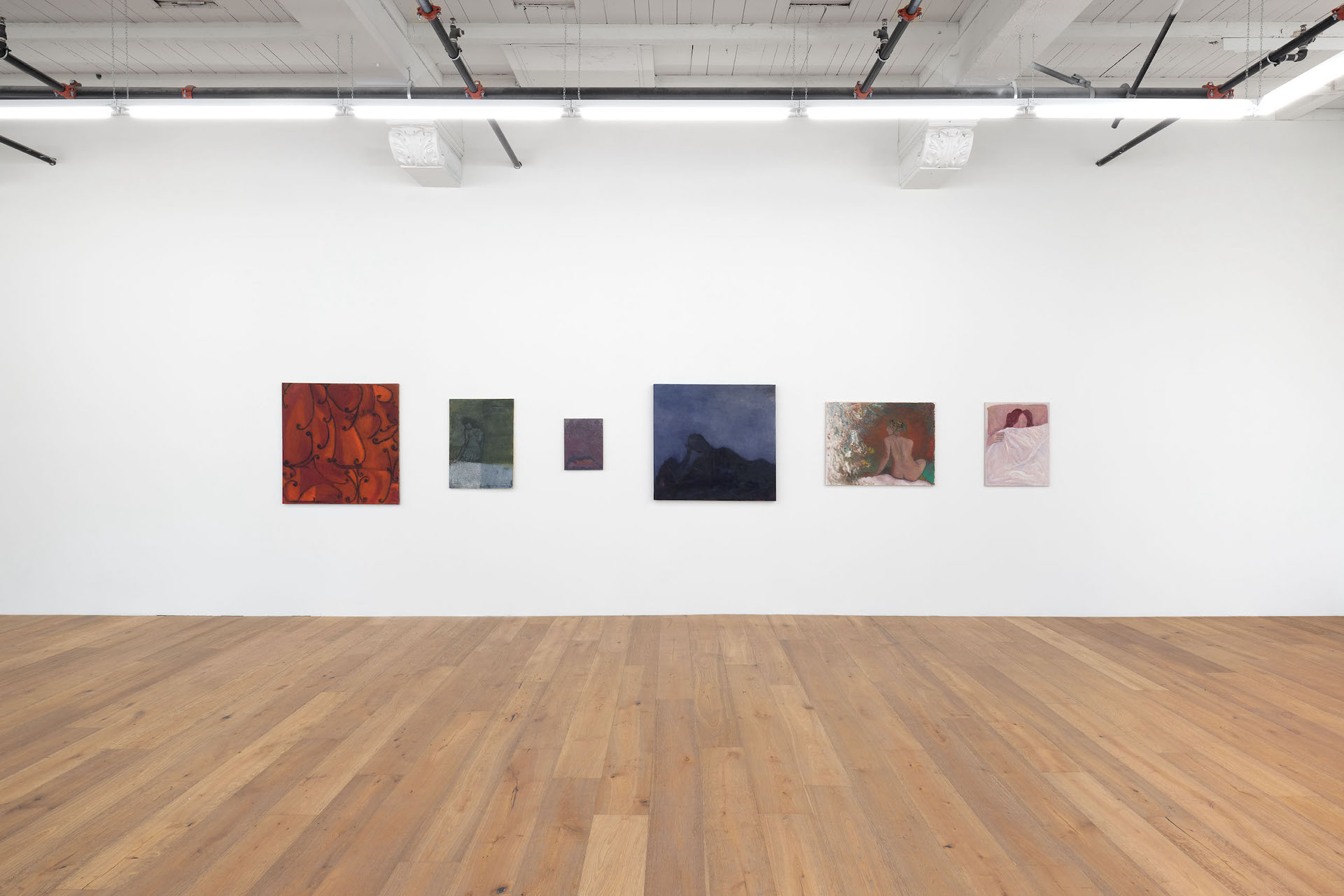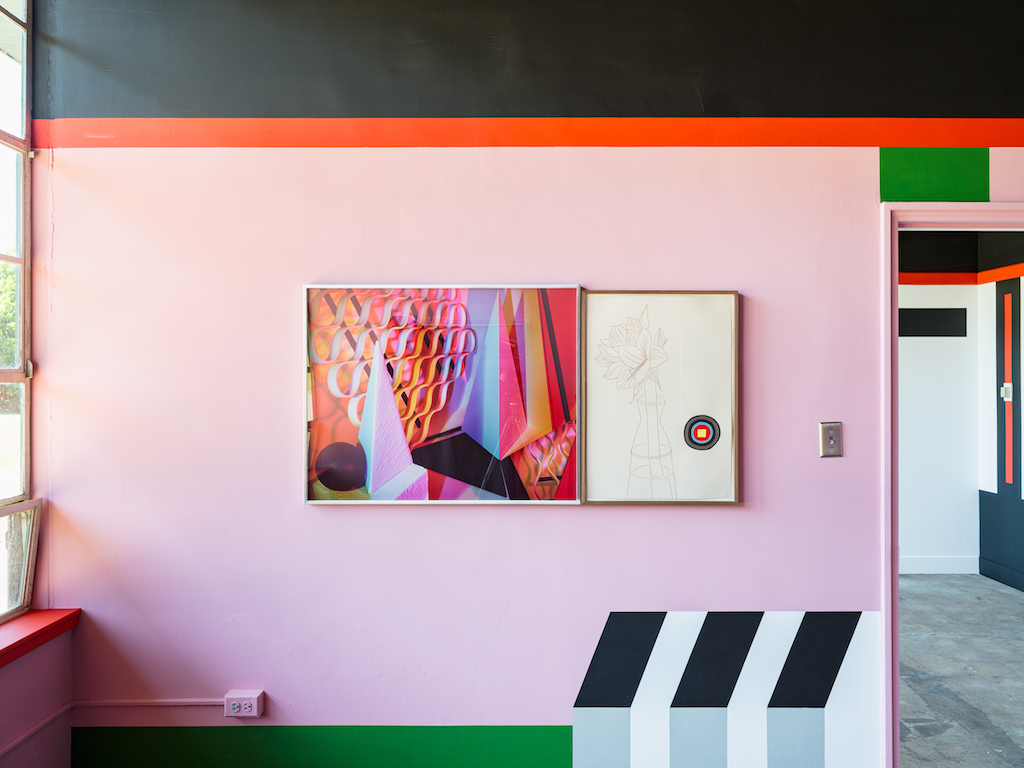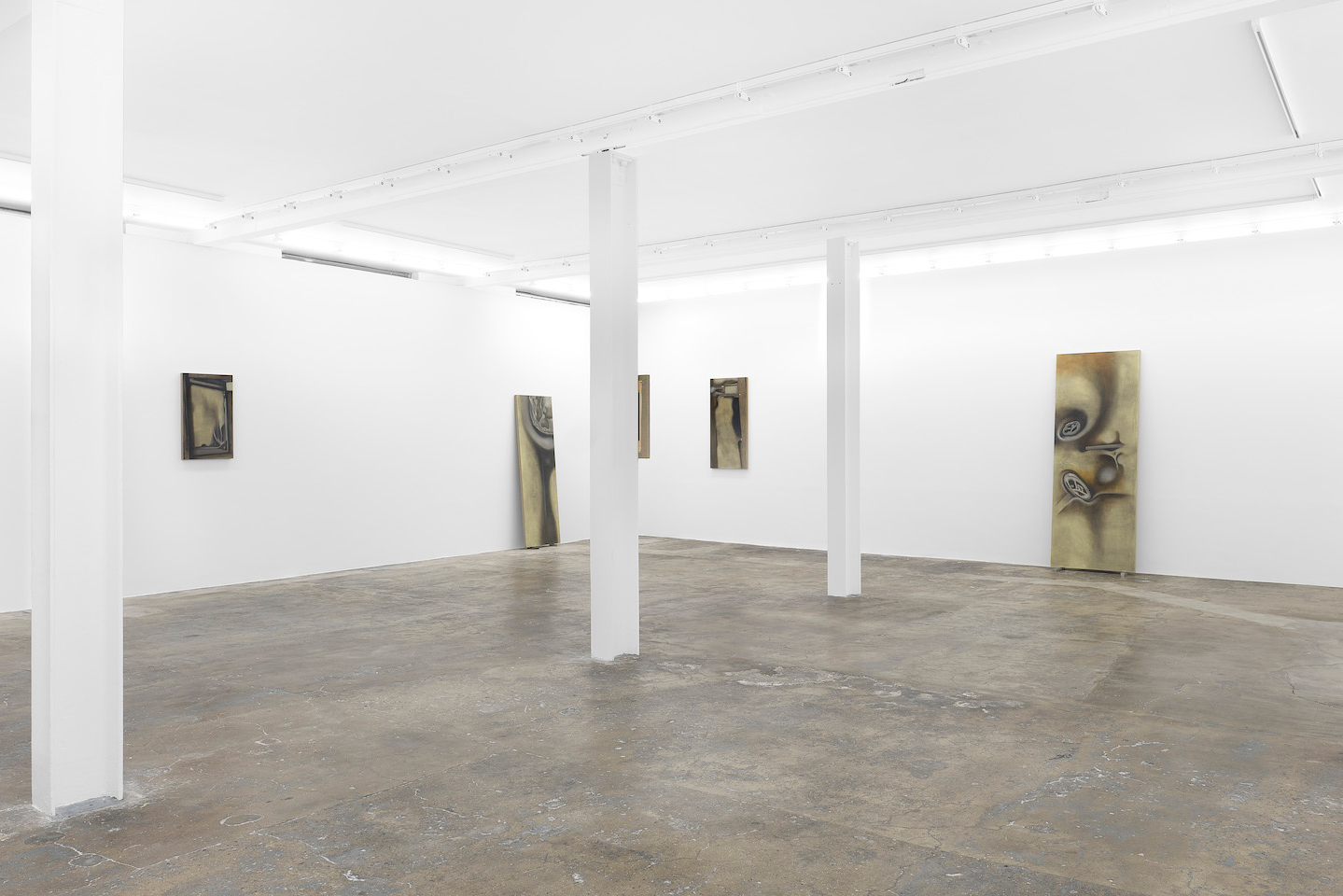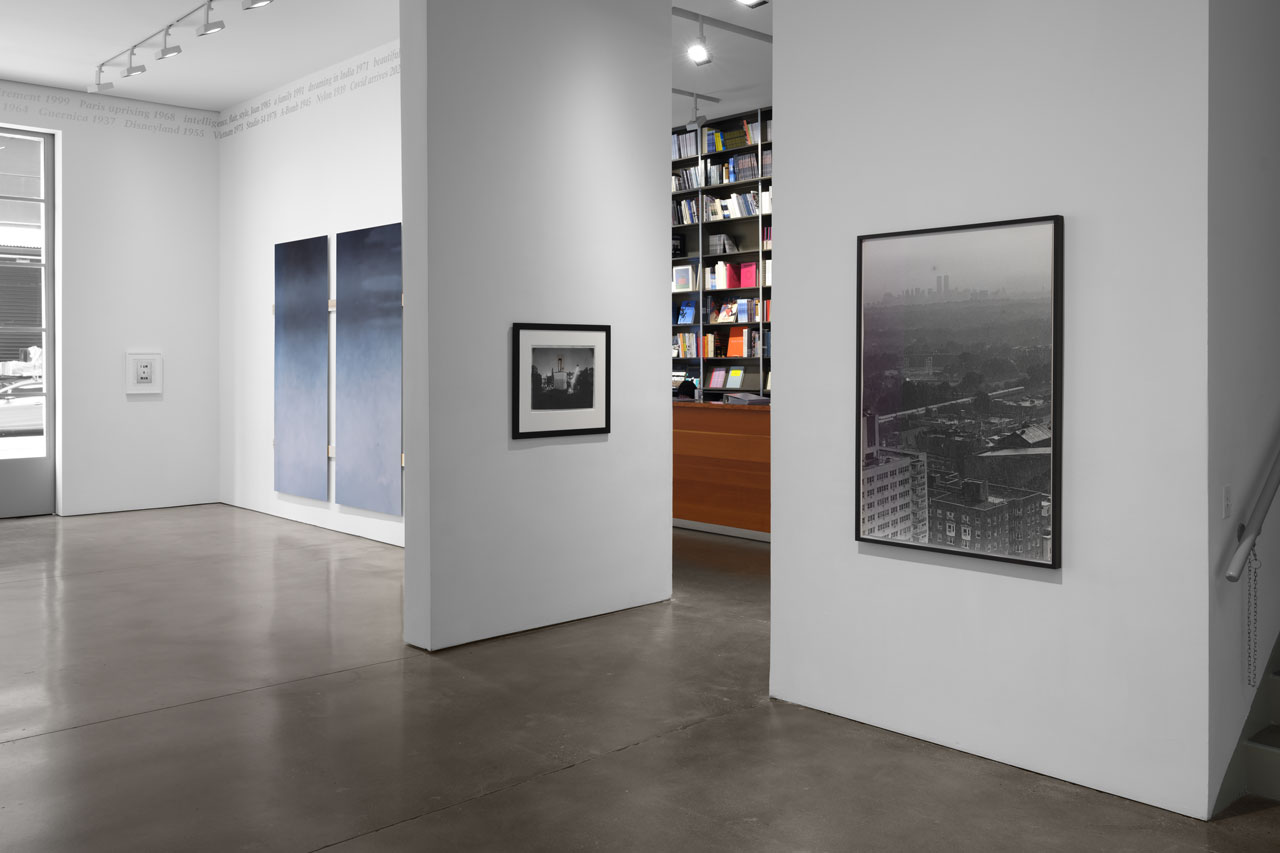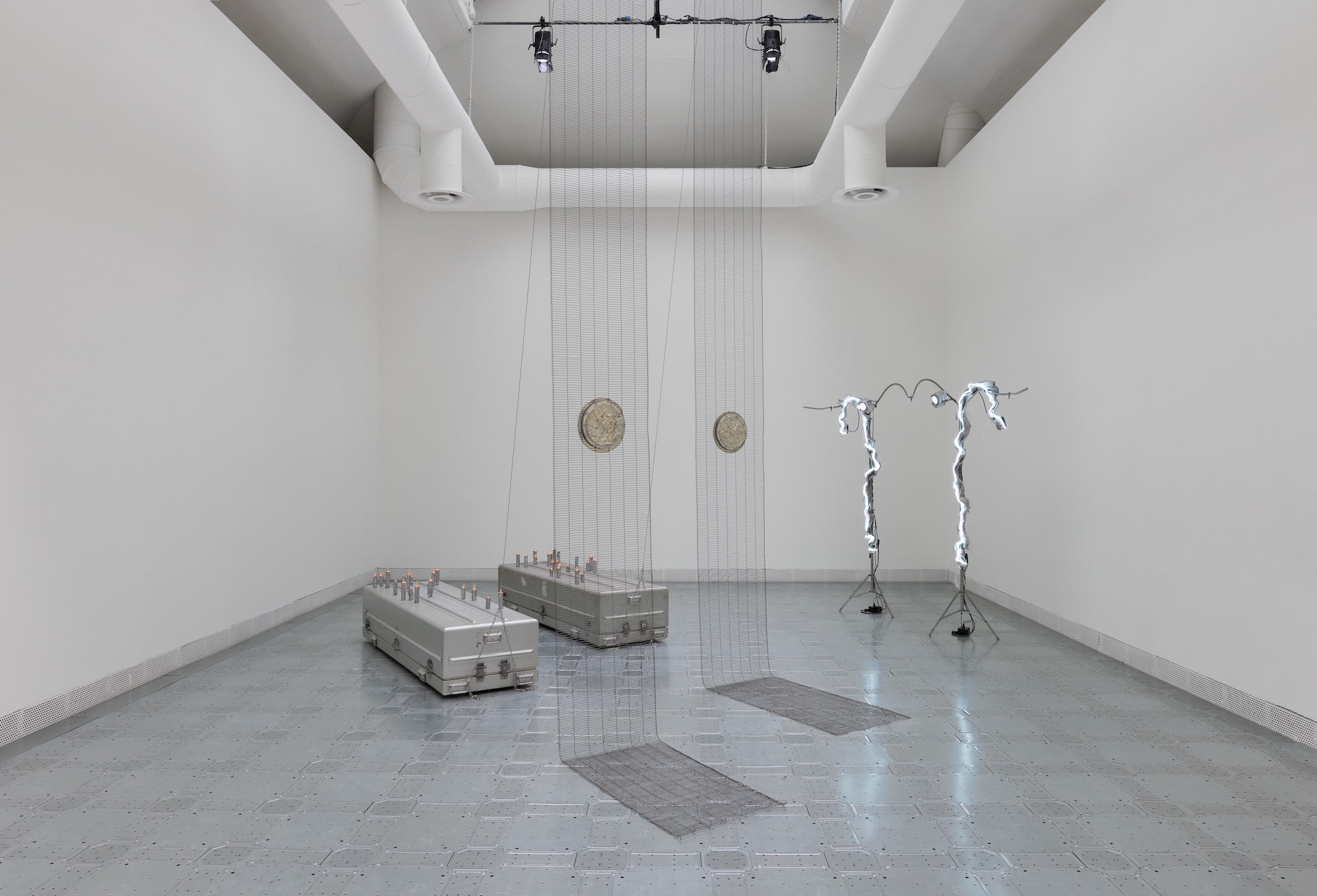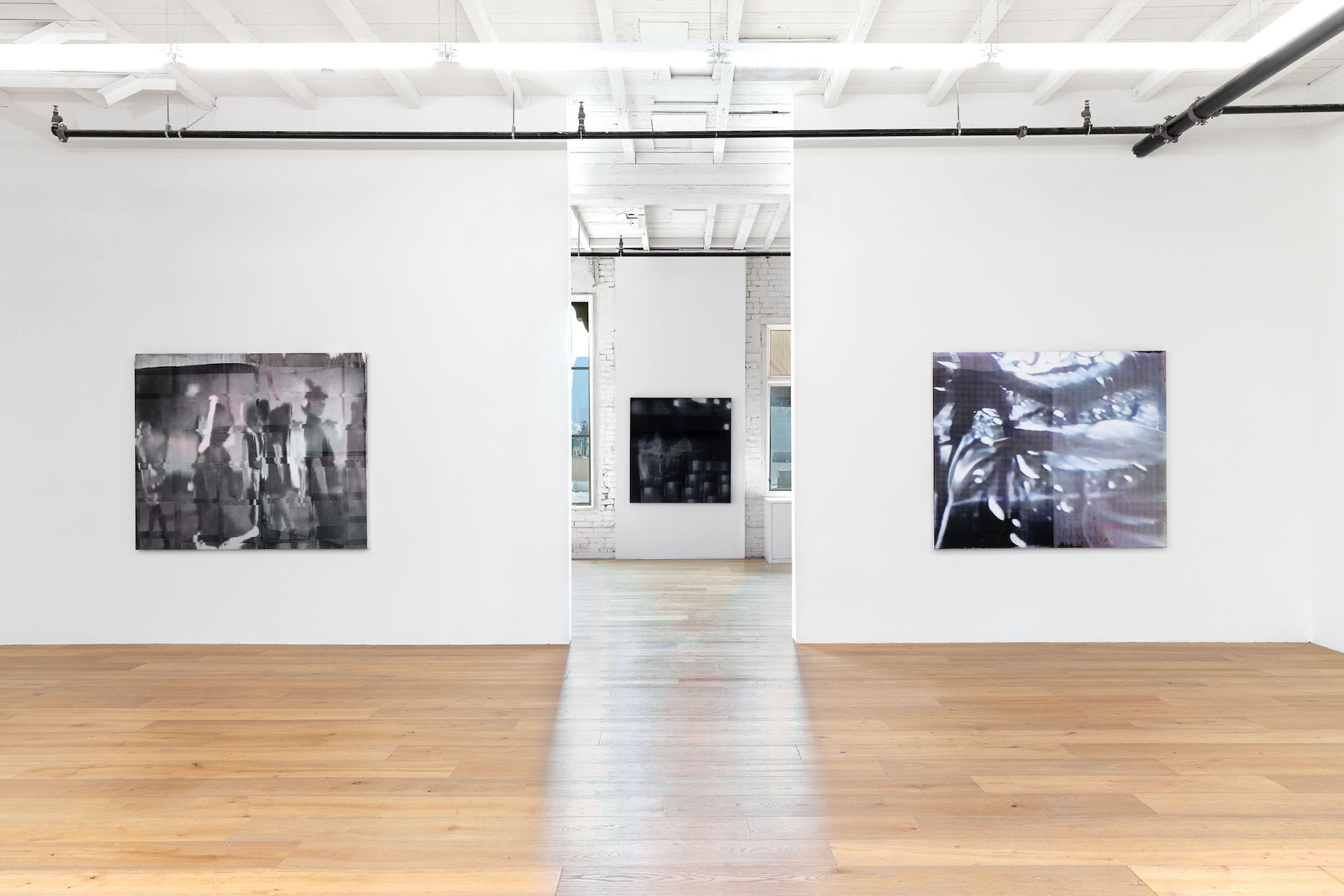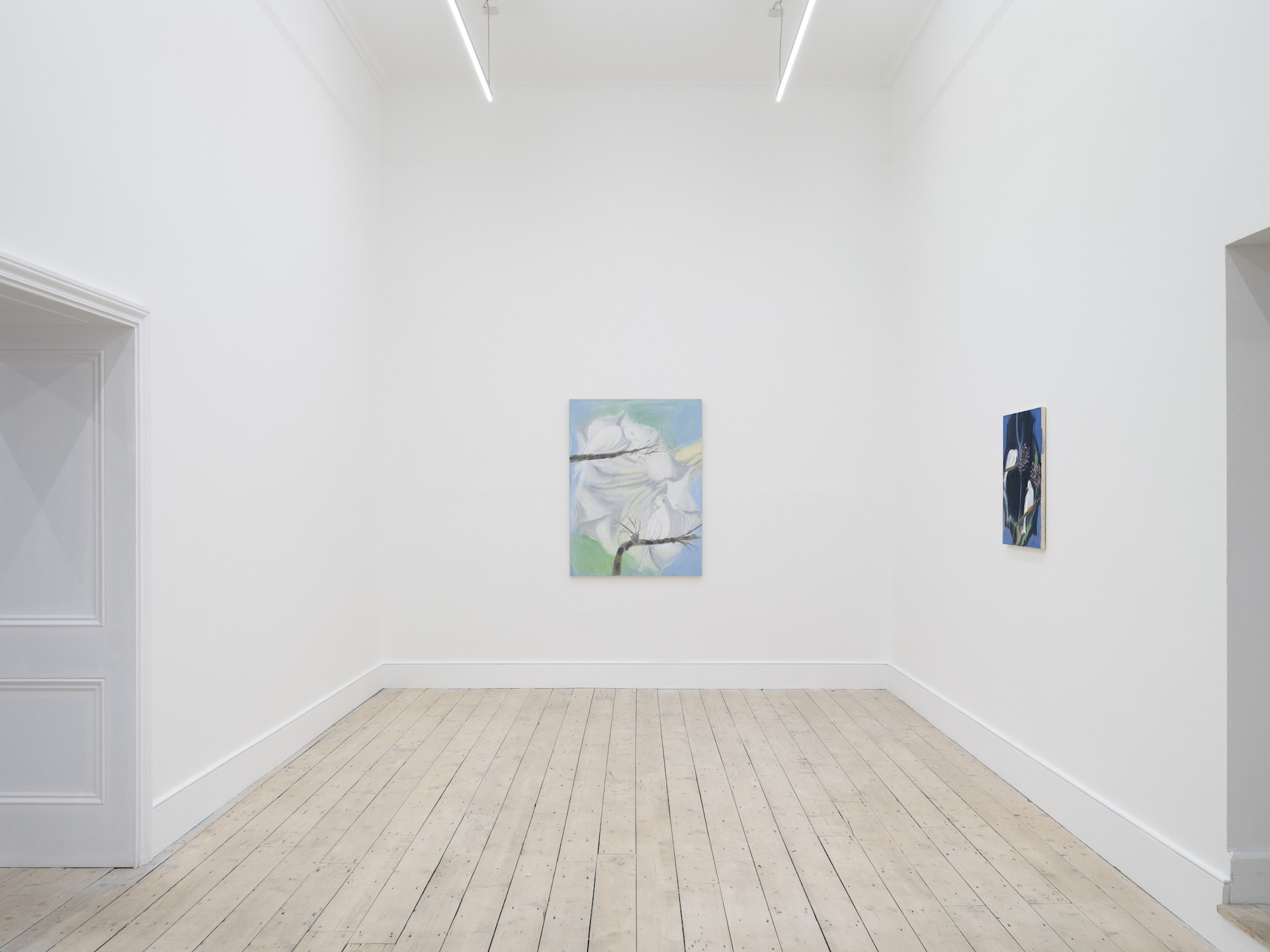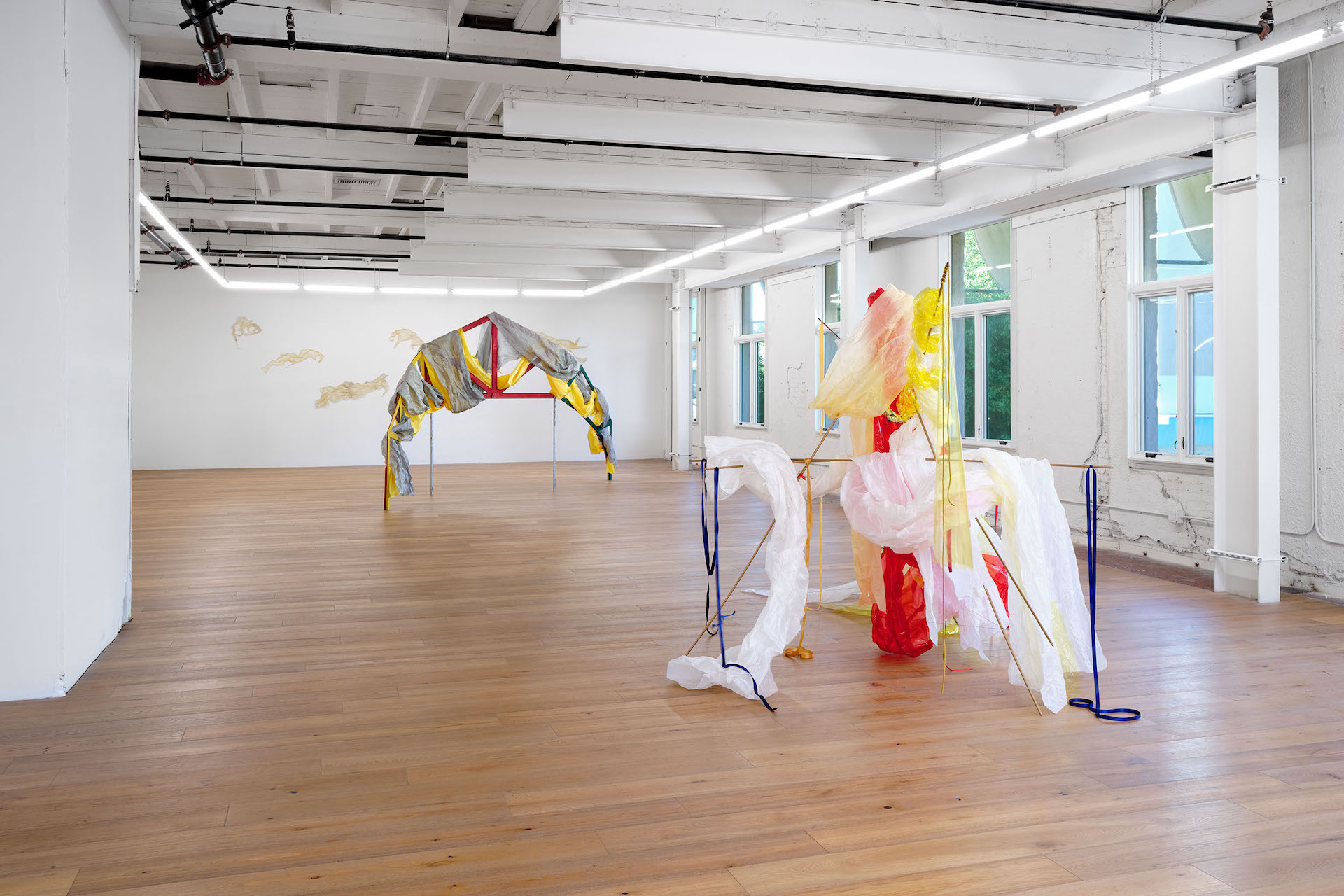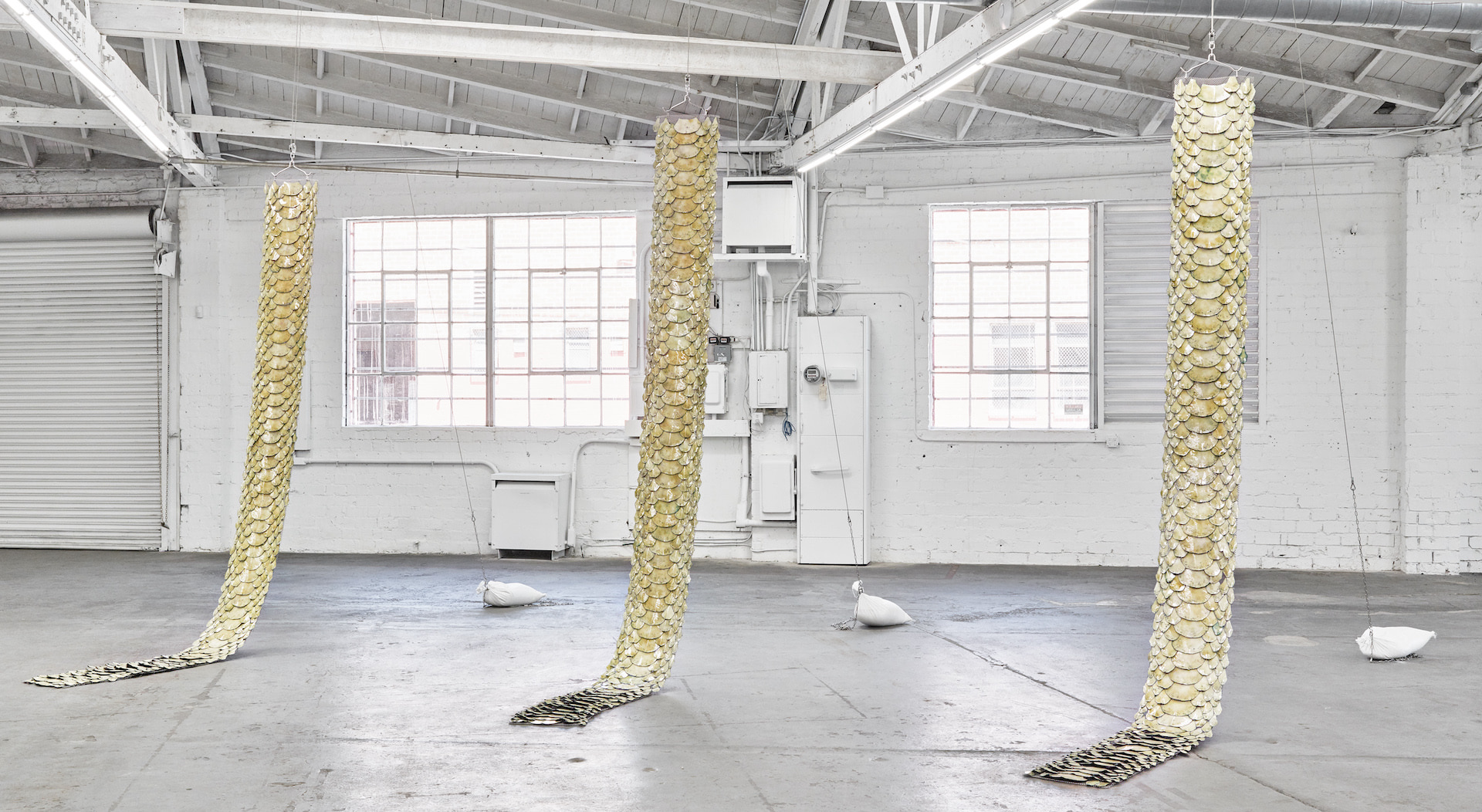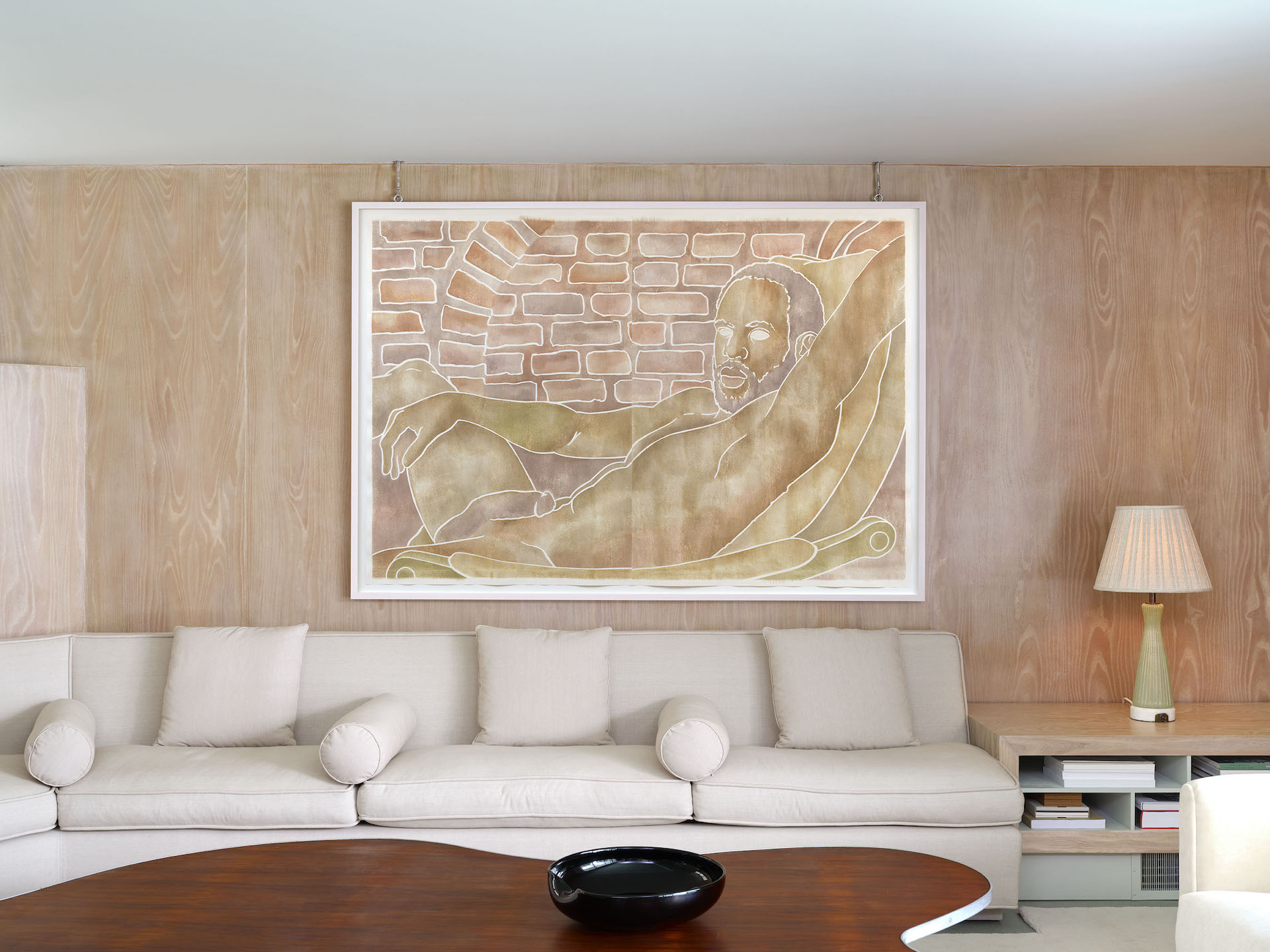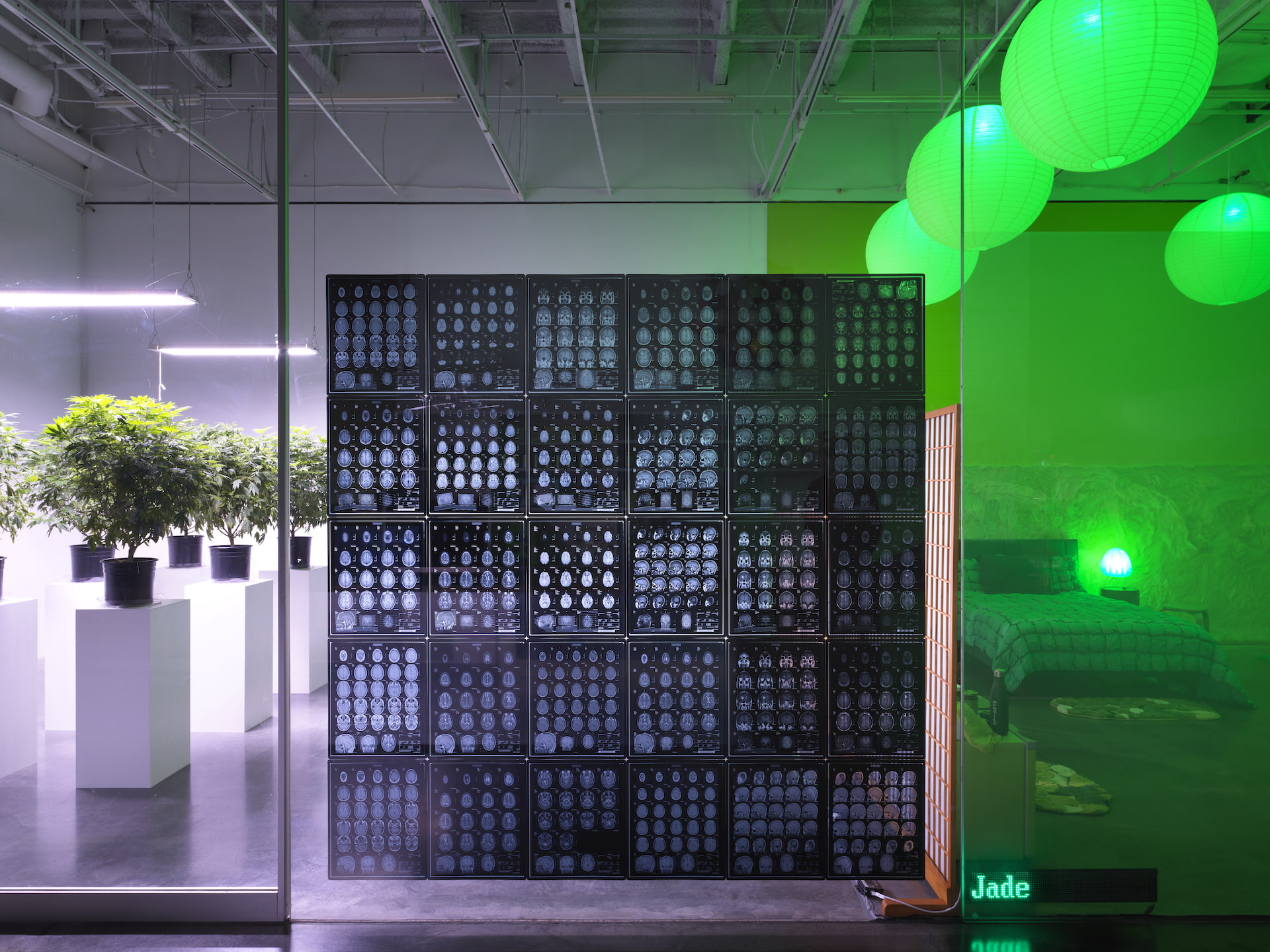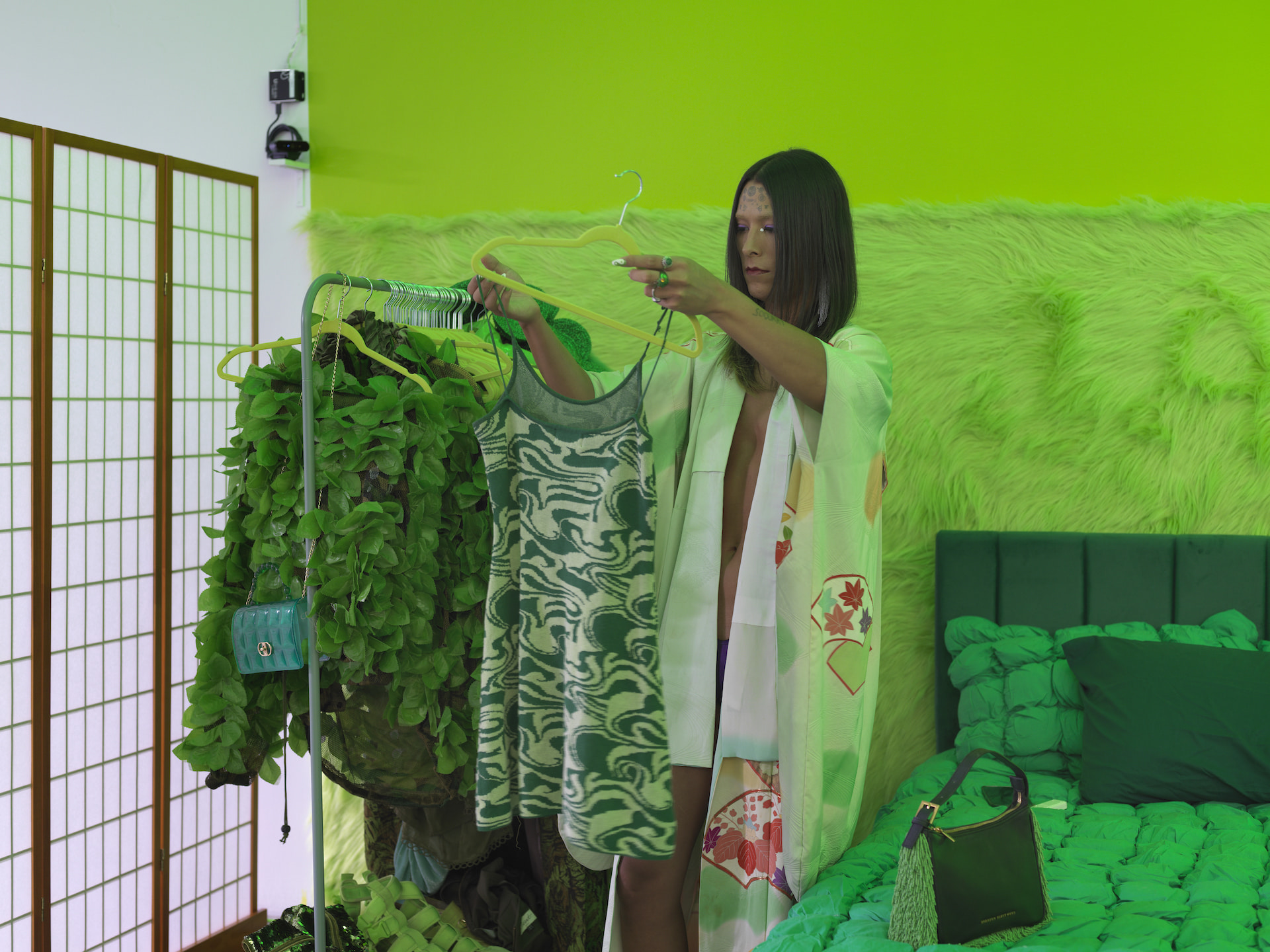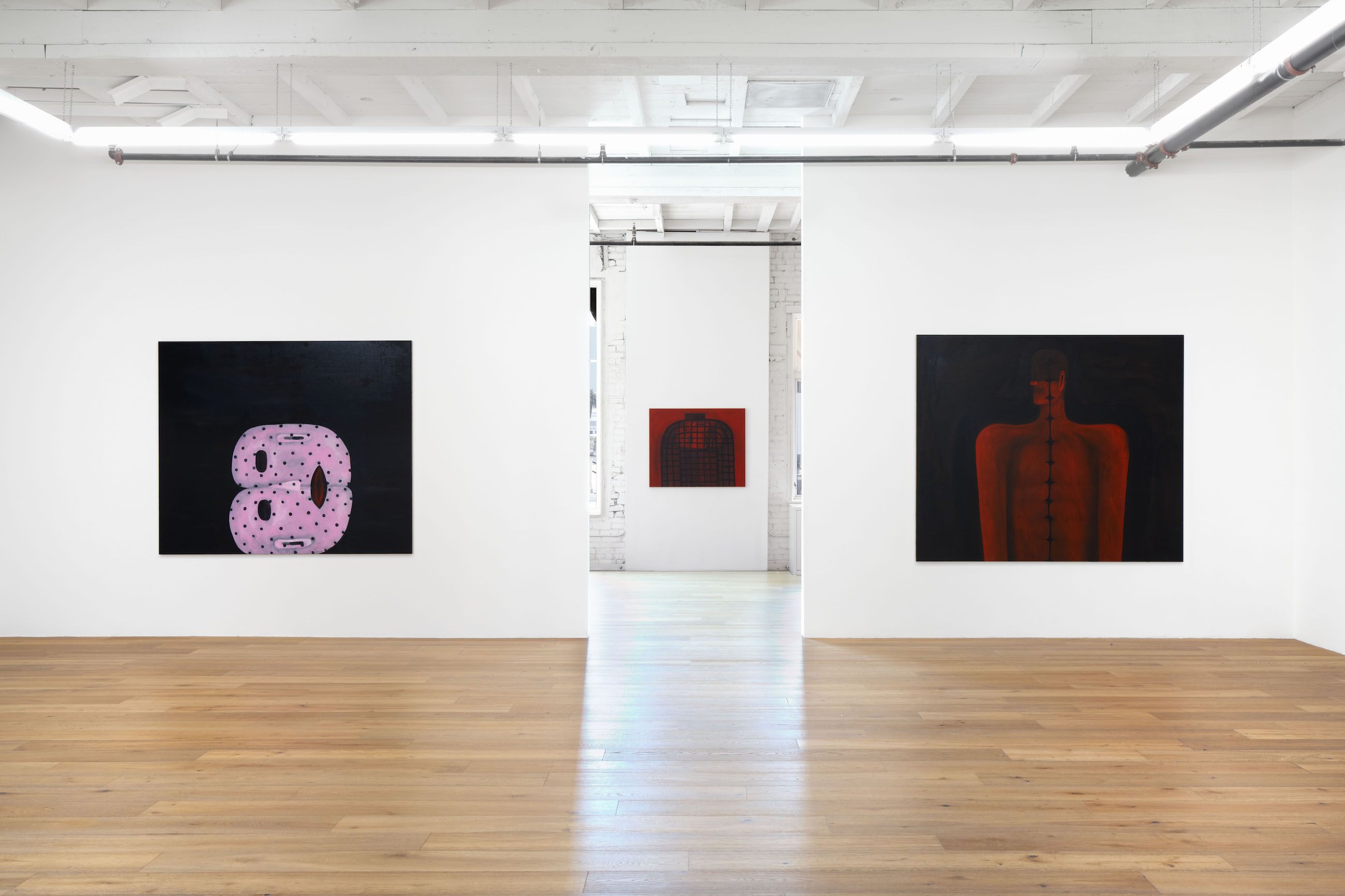Anita Steckel
Anita Steckel
09.11.21 – 11.13.21

Installation view: Anita Steckel, Anita Steckel, 09.11.21 – 11.13.21

Installation view: Anita Steckel, Anita Steckel, 09.11.21 – 11.13.21

Installation view: Anita Steckel, Anita Steckel, 09.11.21 – 11.13.21

Anita Steckel, Untitled (Erotica Drawing Series), c. 1977. Graphite, Xerox print, paper. 20 x 16 inches (50.8 x 40.6 cm)

Anita Steckel, Untitled (Erotica Drawing Series), c. 1977. Graphite, Xerox print, paper. 20 x 16 inches (50.8 x 40.6 cm)

Anita Steckel, Untitled (Erotica Drawing Series), c. 1977. Graphite, Xerox print, paper. 20 x 16 inches (50.8 x 40.6 cm)

Anita Steckel, Untitled (Erotica Drawing Series), c. 1977. Graphite, Xerox print, paper. 20 x 16 inches (50.8 x 40.6 cm)

Installation view: Anita Steckel, Anita Steckel, 09.11.21 – 11.13.21

Anita Steckel, Untitled (Erotica Drawing Series), c. 1977. Graphite, Xerox print. 11 x 8 inches (27.9 x 20.3 cm)

Anita Steckel, Untitled (Erotica Drawing Series), c. 1977. Graphite, Xerox print. 11 x 8 inches (27.9 x 20.3 cm)

Anita Steckel, Untitled (Erotica Drawing Series), c. 1977. Graphite, Xerox print. 11 x 8 inches (27.9 x 20.3 cm)

Anita Steckel, Untitled (Erotica Drawing Series), c. 1977. Graphite, Xerox print. 11 x 8 inches (27.9 x 20.3 cm)

Anita Steckel, Untitled (Erotica Drawing Series), c. 1977. Graphite, Xerox print. 11 x 8 inches (27.9 x 20.3 cm)

Anita Steckel, Untitled (Erotica Drawing Series), c. 1977. Graphite, Xerox print. 11 x 8 inches (27.9 x 20.3 cm)

Anita Steckel, Untitled (Erotica Drawing Series), c. 1977. Graphite, Xerox print. 11 x 8 inches (27.9 x 20.3 cm)

Anita Steckel, Subway, c. 1969-1974. Silver gelatin print. 37 x 49 inches (94 x 124.5 cm)

Installation view: Anita Steckel, Anita Steckel, 09.11.21 – 11.13.21

Installation view: Anita Steckel, Anita Steckel, 09.11.21 – 11.13.21

Anita Steckel, Untitled, n.d. Graphite, Xerox print, wallpaper. 15 x 20 inches (38.1 x 50.8 cm)

Anita Steckel, Untitled, n.d. Graphite, Xerox print, wallpaper. 15 x 20 inches (38.1 x 50.8 cm)

Anita Steckel, Untitled, n.d. Graphite, Xerox print, wallpaper. 20 x 15 inches (50.8 x 38.1 cm)

Anita Steckel, Untitled, n.d. Graphite, Xerox print, wallpaper. 15 x 20 inches (38.1 x 50.8 cm)

Anita Steckel, Untitled, n.d. Graphite, Xerox print, wallpaper. 15 x 20 inches (38.1 x 50.8 cm)

Installation view: Anita Steckel, Anita Steckel, 09.11.21 – 11.13.21

Anita Steckel, Untitled, n.d. Graphite, Xerox print, wallpaper. 15 x 20 inches (38.1 x 50.8 cm)

Anita Steckel, Untitled, n.d. Graphite, Xerox print, wallpaper. 15 x 20 inches (38.1 x 50.8 cm)

Anita Steckel, Untitled, n.d. Graphite, Xerox print, wallpaper. 15 x 20 inches (38.1 x 50.8 cm)

Anita Steckel, Untitled, n.d. Graphite, Xerox print, wallpaper. 15 x 20 inches (38.1 x 50.8 cm)

Anita Steckel, Untitled, n.d. Graphite, Xerox print, wallpaper. 15 x 20 inches (38.1 x 50.8 cm)

Installation view: Anita Steckel, Anita Steckel, 09.11.21 – 11.13.21

Anita Steckel, N.Y. Canvas Series #5, c. 1974. Screen print and oil on canvas. 63 x 99 x 3 inches (160 x 251.5 x 7.6 cm)

Detail: Anita Steckel, N.Y. Canvas Series #5, c. 1974. Screen print and oil on canvas. 63 x 99 x 3 inches (160 x 251.5 x 7.6 cm)

Anita Steckel, N.Y. Canvas Series #2 , c. 1971. Screen print and oil on canvas. 64 x 99 inches (162.6 x 251.5 cm)

Detail: Anita Steckel, N.Y. Canvas Series #2, c. 1971. Screen print and oil on canvas. 64 x 99 inches (162.6 x 251.5 cm)

Installation view: Anita Steckel, Anita Steckel, 09.11.21 – 11.13.21

Installation view: Anita Steckel, Anita Steckel, 09.11.21 – 11.13.21

Anita Steckel, Me as the Statue of Liberty, c. 1969-1974. Silver gelatin print. 49 x 37 inches (124.5 x 94 cm)

Anita Steckel, My Town, c. 1969-1974. Silver gelatin print. 37 x 49 inches (94 x 124.5 cm)

Installation view: Anita Steckel, Anita Steckel, 09.11.21 – 11.13.21

Anita Steckel, Pierced, c. 1969-1974. Silver gelatin print, gouache, graphite. 49 x 37 inches (124.5 x 94 cm

Anita Steckel, Valentine to Brando, c. 1969-1974. Silver gelatin print. 49 x 37 inches (124.5 x 94 cm)

Anita Steckel, Murder by Church Sanctioned Illegal Abortion, c. 1969-1974. Silver gelatin print, gouache, graphite. 49 x 37 inches (124.5 x 94 cm)

Installation view: Anita Steckel, Anita Steckel, 09.11.21 – 11.13.21

Anita Steckel, Untitled, n.d. Graphite, Xerox print. 9 x 14 inches (22.9 x 35.6 cm)

Anita Steckel, Untitled, n.d. Graphite, Xerox print. 9 x 12 inches (22.9 x 30.5 cm)

Installation view: Anita Steckel. 09.11.21 – 11.13.21. Anita Steckel ephemera courtesy of the Estate of Anita Steckel.
Exhibition information
Hannah Hoffman Gallery is pleased to present a solo exhibition of works by Anita Steckel. Drawn from the artist’s estate, this presentation brings together works from four series created between the late 1960s and the 1980s, just as Steckel’s notoriety as a feminist firebrand took hold. At the peak of her creative output Steckel played with and combined a range of mediums and formats—from oil paint to photo-based printing methods, large-scale compositions to small serial works—to communicate social and political convictions considered radical at the time. Together, these works reveal her quick mind, roguish spirit, and uncompromising activism. With a closer look, they also uncover subtler forms of social critique and self-inquiry.
Born in Brooklyn in 1930, Steckel remained rooted in New York for most of her long career. She studied at Cooper Union, Alfred University, and the Art Students League. By the early 1960s her signature subject matter had crystallized in witty photomontage works that took aim at the social conventions, stereotypes, and institutions that maintained social inequality, especially those that disempowered women. The works on view at her second solo show in 1963 at the Hacker Gallery in New York garnered praise for their “shock of originality” and “exquisite craftsmanship.” As the decade progressed, however, the politically strident and sexually explicit content of Steckel’s imagery became the primary focus of attention, often dividing her audience. By the early 1970s her openings drew hundreds of visitors, including New York celebrities and art world elites who crowded in to see works that were sure to set the press aflame. Controversy around Steckel reached fever pitch in 1972 with calls to close her solo show at Rockland Community College, an exhibition that for one local official constituted irrefutable evidence of a “sick culture.”
Her New York Skylines, made up of oil paintings overlaid with silkscreened views of New York City, imagines urban landscapes where naked bodies drape themselves over buildings, erect penises top skyscrapers, and fluids spew from breasts and genitalia. Here, the libidinal impulses at the root of our compulsions to construct and control are given human form and let loose to romp among real-world manifestations of their influence. In Giant Women on New York, enormous, usually nude, women dominate spaces typically ruled by social decorum. Sometimes the giantesses are victims, sometimes they are assertive emblems of power, and often they seem content to revel in their own bodies. In Pierced (1973), for example, a woman hangs limp and bleeding over the Chrysler Building’s spire, while in Subway (c. 1973) she sneaks one hand into the lap of a fellow train passenger as she unapologetically pleasures herself with the other. Tellingly, nearly all of the Giant Women works feature a collaged photograph of Steckel’s face atop the oversized figures. In this array of visual metaphors for female subjugation to—and occasional triumph over—male domination, Steckel made herself the charismatic protagonist.
Outcries over Steckel’s work spurred statements of support from critics, curators, and fellow artists who argued that the shock value of her images in no way deterred from their artistic merit and intellectual power. Steckel also took action. In 1973 she formed the Fight Censorship Group along with Louise Bourgeois, Martha Edelheit, Eunice Golden, Juanita McNeely, Joan Semmel, Hannah Wilke and others. The group condemned the art establishment’s timidity when it came to sexually charged imagery made by women. In published statements and public events they highlighted habits of “unhealthy and sexist discrimination” within the art world and demanded “an end to past sexist puritanisms” in the hallowed halls of museums and other institutions.
Steckel’s explorations of sex and eroticism were not always so forthright in their criticism of political inequality and art-world prudery. The visceral punch of works in her Erotica Drawing Series and Xeroxes delays any effort to intellectualize and analogize their meaning. These are works that appeal to the organs of sensual experience–the eyes and skin–first and foremost. For the Erotica Drawing Series, Steckel borrowed photographic illustrations from a sex manual, on top of which she drew various subjects by hand. While explicit, the contrived photographs come off as cold, wholly devoid of erotic charge. Only Steckel’s drawings, carefully contoured and shaded, bring some human warmth to the compositions. In the Xeroxes, which also combine mechanically produced images with drawings, Steckel flipped the script. Here, cartoonish outlines of erect penises and drops of ejaculate sit on top of photocopies of the artist’s face and hands pressed firmly against the copy machine’s pane. The results are startling, bringing to mind sexual violence, but also the physical sensations of pressure, pleasure, and losing control fundamental to actual sex.
With a bit of effort, allegorical messages about society-level power struggles between men and women can be gleaned from these works too. But above all, the Erotica Drawing Series and Xeroxes underscore Steckel’s sincere interest in the tricky task of representing our erotic drives. Viewed along with the New York Skylines and Giant Women on New York, these works reveal an artist whose sexual imagery tests our scruples still today–one who thrived in those fraught spaces where our most basic impulses are pictured and implicated in a broader social structure in need of change.
Anita Steckel (1930 – 2012) will be the subject of a solo exhibition at the Stanford Art Gallery at Stanford University in 2022. Her archive is located at the National Museum of Women in the Arts, Washington D.C.



















